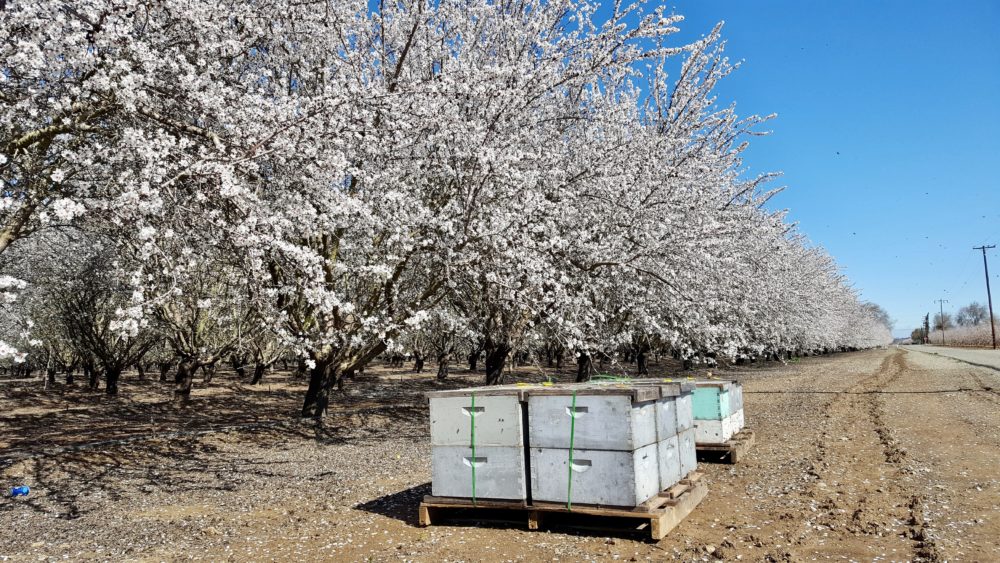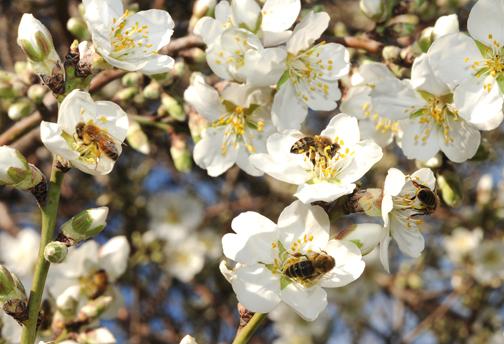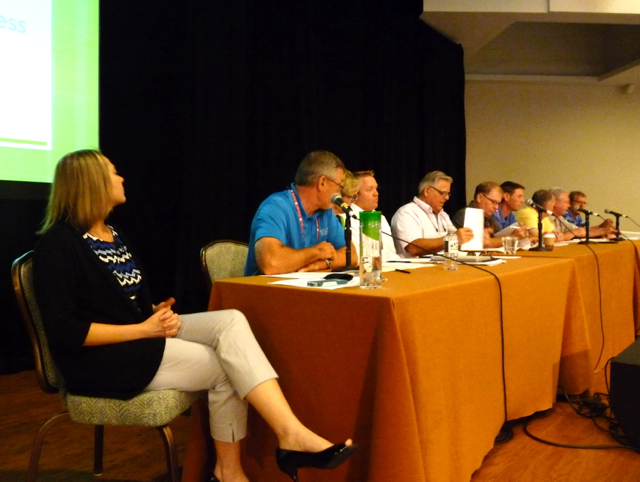Almond Pollination is Going Strong Throughout California
Keeping Bees Safe and Healthy During Almond Pollination
By Patrick Cavanaugh, Editor
It’s always good to think about those working bees in almond orchards, said Becky Langer the project manager for the North American Bayer CropScience Bee Health Program.
“Bees continue to face multiple challenges and that’s not necessarily new information. I think what we see though as people are getting a better grasp of awareness that pest and diseases continue to be a huge problem in those beehives,” said Langer. “Beekeepers are working very hard to monitor and control those.”
“We know forage and habitat continue to be a huge challenge. We have climate change, which can affect those wild flowers blooming in California during the drought years and then we know that the beekeepers and growers have to continue to communicate with one another, and use all those products according to label.,” she said.
And for almond growers, it’s a good idea if you can the plant a variety of different forages around the orchard, different species of flowers for instance. “That can be a great idea because we know those bees have to eat, and if we can have something blooming year round, it’s the best way to keep the pollinators healthy,” said Langer
“They also like diversity in different plant species, different colors, different size flowers. You want them to pollinate your crop, but if you’re offering some alternative resources in the area that keeps them better fed and happier pollinators, which will make better pollinators for the crops,” Langer said.
Langer reminds growers to read those product labels. “This again is going to help to provide a much healthier environment for the pollinators and it’s going to keep the grower in the good graces of the beekeepers too,” she noted





















